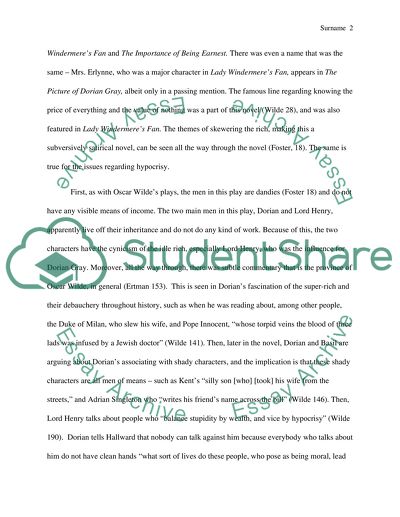Cite this document
(“The Picture of Dorian Gray and Dr. Jekyll and Mr. Hyde: the Evaluation Literature review”, n.d.)
The Picture of Dorian Gray and Dr. Jekyll and Mr. Hyde: the Evaluation Literature review. Retrieved from https://studentshare.org/literature/1475638-essay-the-picture-of-dorian-gray-and-dr-jekyll-and
The Picture of Dorian Gray and Dr. Jekyll and Mr. Hyde: the Evaluation Literature review. Retrieved from https://studentshare.org/literature/1475638-essay-the-picture-of-dorian-gray-and-dr-jekyll-and
(The Picture of Dorian Gray and Dr. Jekyll and Mr. Hyde: The Evaluation Literature Review)
The Picture of Dorian Gray and Dr. Jekyll and Mr. Hyde: The Evaluation Literature Review. https://studentshare.org/literature/1475638-essay-the-picture-of-dorian-gray-and-dr-jekyll-and.
The Picture of Dorian Gray and Dr. Jekyll and Mr. Hyde: The Evaluation Literature Review. https://studentshare.org/literature/1475638-essay-the-picture-of-dorian-gray-and-dr-jekyll-and.
“The Picture of Dorian Gray and Dr. Jekyll and Mr. Hyde: The Evaluation Literature Review”, n.d. https://studentshare.org/literature/1475638-essay-the-picture-of-dorian-gray-and-dr-jekyll-and.


